Technological Innovations
Technological advancements in manufacturing processes are likely to play a crucial role in shaping the Honeycomb Paper Market. Innovations such as automated production lines and improved adhesive technologies enhance the efficiency and quality of honeycomb paper products. These advancements not only reduce production costs but also enable manufacturers to create more durable and versatile products. Market data indicates that the adoption of advanced manufacturing technologies could potentially increase production capacity by up to 30% in the coming years. This increase in efficiency may lead to a more competitive landscape within the Honeycomb Paper Market, as companies strive to meet the growing demand for high-quality packaging solutions.
Sustainability Initiatives
The increasing emphasis on sustainability appears to be a pivotal driver for the Honeycomb Paper Market. As consumers and businesses alike become more environmentally conscious, the demand for eco-friendly packaging solutions rises. Honeycomb paper, being recyclable and biodegradable, aligns well with these sustainability initiatives. Recent data indicates that the market for sustainable packaging is projected to grow at a compound annual growth rate of approximately 7.5% over the next five years. This trend suggests that companies are likely to invest in honeycomb paper products to meet consumer expectations and regulatory requirements, thereby enhancing their market presence in the Honeycomb Paper Market.
Diverse End-User Industries
The Honeycomb Paper Market benefits from its diverse applications across various sectors, including automotive, electronics, and food packaging. Each of these industries requires specific packaging solutions that honeycomb paper can provide, such as lightweight yet sturdy materials for shipping and storage. Recent statistics show that the food packaging sector alone is expected to account for a significant share of the honeycomb paper market, driven by the need for sustainable and protective packaging options. This diversification across end-user industries suggests that the Honeycomb Paper Market is well-positioned for growth, as it can cater to a wide range of customer needs and preferences.
Consumer Preference for Sustainable Products
The shift in consumer preferences towards sustainable products is emerging as a significant driver for the Honeycomb Paper Market. As awareness of environmental issues grows, consumers are increasingly seeking products that minimize ecological impact. Honeycomb paper, known for its sustainable attributes, is becoming a preferred choice for packaging among environmentally conscious consumers. Market Research Future indicates that approximately 60% of consumers are willing to pay a premium for sustainable packaging options. This trend suggests that companies within the Honeycomb Paper Market may need to adapt their offerings to meet changing consumer demands, potentially leading to increased sales and market share.
Regulatory Support for Eco-Friendly Materials
Regulatory frameworks promoting the use of eco-friendly materials are likely to bolster the Honeycomb Paper Market. Governments worldwide are increasingly implementing policies aimed at reducing plastic waste and encouraging the adoption of sustainable packaging solutions. These regulations create a favorable environment for honeycomb paper products, as they are seen as viable alternatives to traditional packaging materials. Market analysis indicates that regions with stringent environmental regulations are experiencing a surge in demand for honeycomb paper, suggesting that compliance with these regulations could drive market growth. This regulatory support may enhance the competitive edge of the Honeycomb Paper Market, as companies align their products with environmental standards.


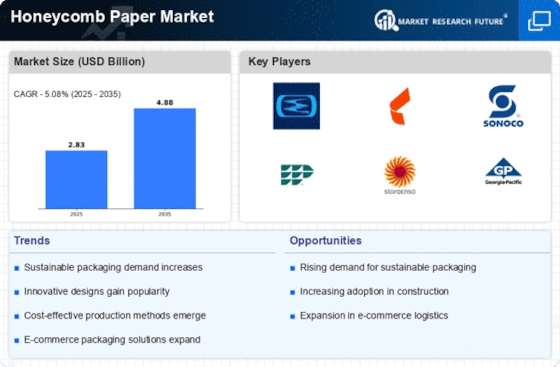
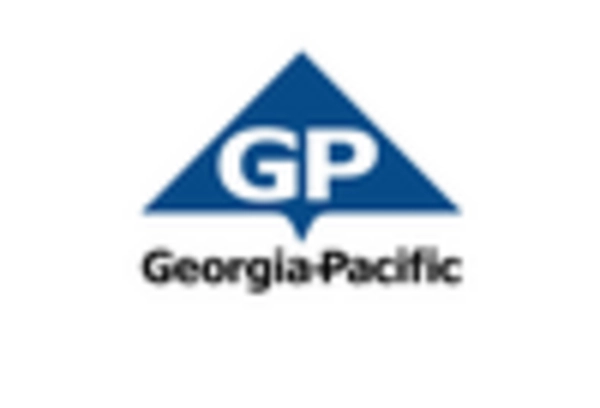
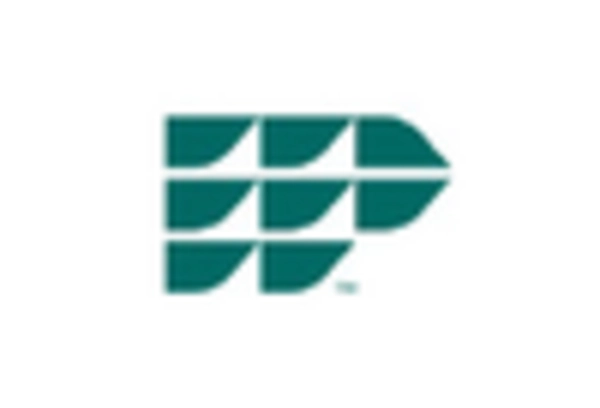


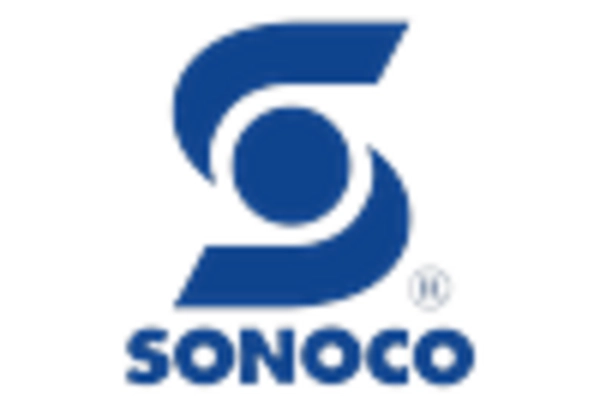
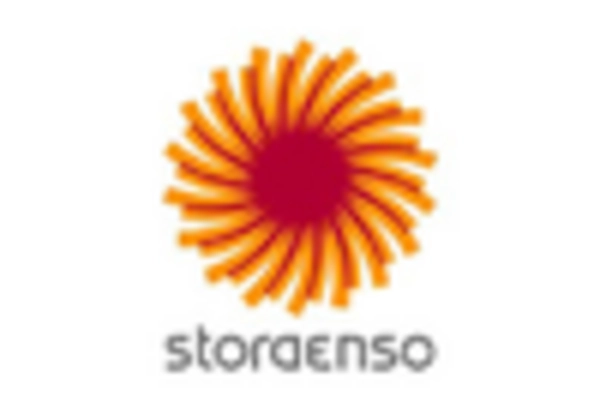








Leave a Comment